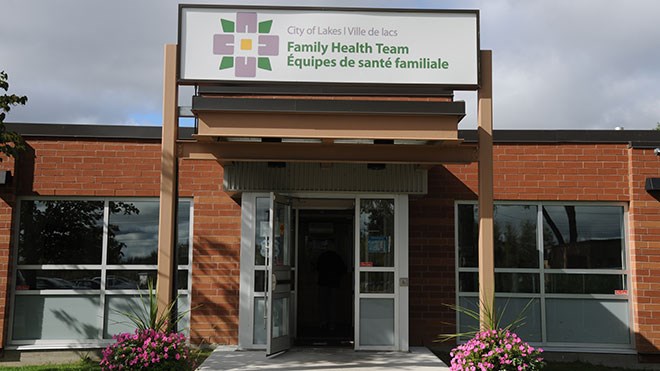The 10-year study, recently published in the Canadian Medical Association Journal, used data from the Ontario Health Insurance Plan and the Institute for Clinical Evaluative Sciences to survey the records of Ontario's 10 million patients on the plan.
Patients who had physicians in a family health team were more likely to be monitored for diabetes (40 per cent) compared with those in a fee-for-service practice (32 per cent). Family health team patients also experienced greater improvements in diabetes care between 2001 and 2011 than patients in a traditional fee-for-service practice.
One of the key differences between both models is how physicians are paid and the incentives they get to provide patient care, said the study's main author, Dr. Tara Kiran.
Before 2002, the vast majority of family physicians in Ontario fell under the fee-for-service model, where they would get a set amount of money for each patient visit.
Kiran said the model gives physicians financial incentives to see as many patients as possible in a given day.
Because patients might be handled like items in an assembly line, the quality of their care can suffer as physicians try to move on to the next person as fast as possible.
When the province introduced family health teams in 2005 – where physicians would work in a team with dietitians, social workers, nurse-practitioners, pharmacists and other health professionals – those physicians were also moved to a newer capitation payment model.
Under a capitation model, the physician gets paid a set amount per year for each patient on their roster. That amount per patient is based on their age and gender.
“One of the theoretical advantages of that is that physicians have an incentive to keep people healthy and out of care by being healthy,” Kiran said.
Because physicians aren't shooting for a high number of patients per day, they can, in theory, spend more time with each patient.
Kiran said that extra time with a doctor is especially helpful for patients with chronic conditions like diabetes.
Patients with chronic diseases, she said, often come to their doctors with multiple problems. Under a fee-for-service model, a physician might choose to only tackle one problem at a time, Kiran said, so they can see that patient again.
But under the capitation model – a requirement in family health teams – a family doctor is more likely to spend more time with the patient, and try to solve as many of their problems as possible.
Kiran, who happens to be a family physician at the St. Michael’s Hospital Academic Family Health Team, said that model also benefits patients with its collaborative approach.
“I feel very lucky to work in a family health team,” she said. “When I have a patient who's struggling with diabetes I have a team I can consult with and help me.”
Dave Courtemanche, the executive director of Sudbury's City of Lakes Family Health Team, agrees.
“I think there's a consensus across the province that team-based care is the present and the future,” he said. “Overwhelmingly, the experience with our patients has been very positive. Our patients get access to family physicians, nurse practitioners, dietitians, social workers and pharmacists.”
City of Lakes operates three clinics in Greater Sudbury – in Val Caron, Walden, and Sudbury – and has plans for a fourth in Chelmsford.
But despite the potential advantage of the capitation model, the province has recently decided to limit the number of doctors who can practice under the payment model.
According to the 2011 provincial Auditor-General’s report, physicians on alternative payment plans – including capitation – were paid around 25 per cent more than their colleagues who were still paid under the fee-for-service model in 2007 and 2008.
To the province, another issue with the capitation model is that doctors get paid for patients in their rosters they never see.
The Auditor-General's report found that 22 per cent of the patients enrolled with family doctors on the two most common alternative payment plans did not visit their doctors at all in 2009 and 2010.
But the province still paid those doctors a combined total of $123 million for those patients.
Kiran said she hopes her study can encourage the province to consider care models that stray away from the traditional family doctor route.
“If there is emerging evidence this model is improving chronic disease management, how can we design our system so that everyone can benefit?” she asked.
Join Sudbury.com+
- Messages
- Post a Listing
- Your Listings
- Your Profile
- Your Subscriptions
- Your Likes
- Your Business
- Support Local News
- Payment History
Sudbury.com+ members
Already a +member?
Not a +member?
Sign up for a Sudbury.com+ account for instant access to upcoming contests, local offers, auctions and so much more.
